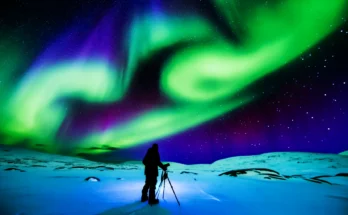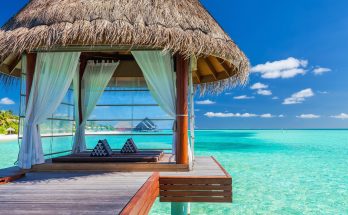Northern Lights
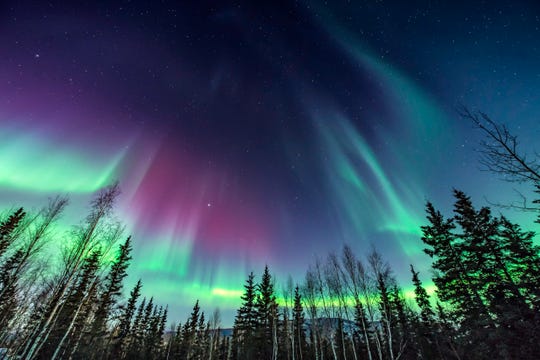
Due to its exceptional geographical position, Iceland Tour is one of the best tours in the world to experience the aurora borealis. These mystical solar lights impressed anyone who has seen them for thousands of years. It is an indescribable spectacle of nature that you will not be able to forget.
Fantastic landscapes
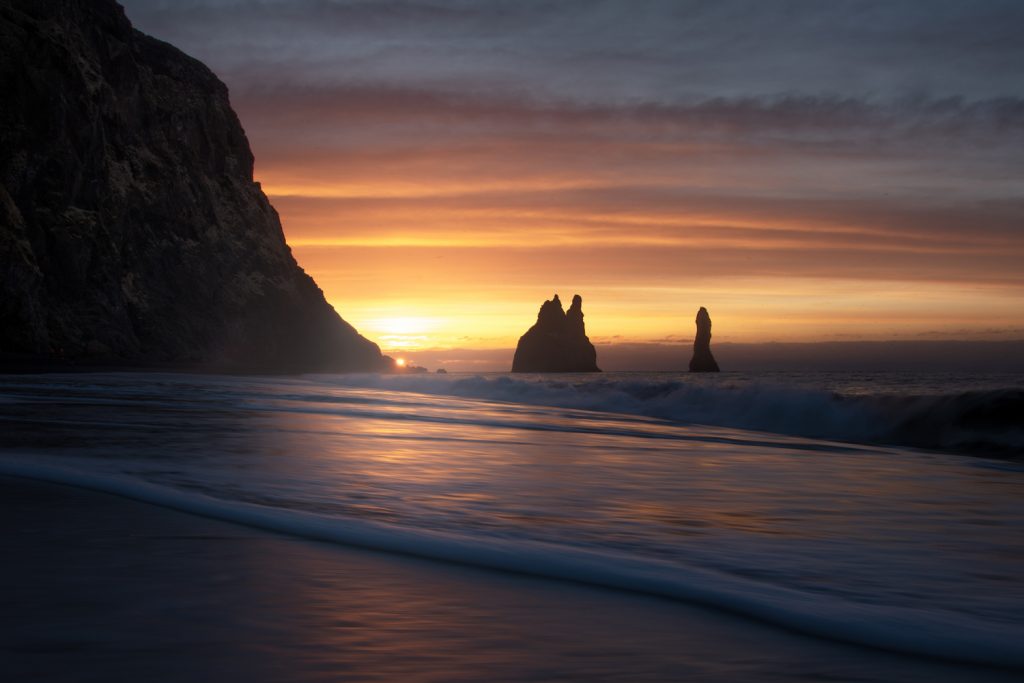
Iceland has recently become a popular destination for directors to film their blockbusters. The country has been the location of famous films such as James Bond, Batman Begins, and Oblivion with Tom Cruise and even Games of Thrones. The lunar landscapes, ice lagoon, and other wonders, are indeed helping to make the country the ultimate travel destination.
The divine natural hot springs
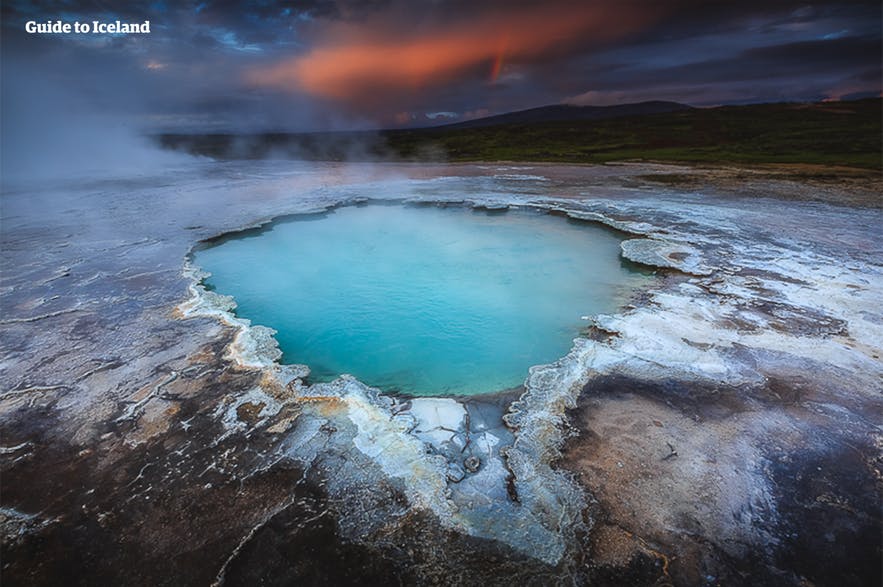
What would Iceland be without its natural hot springs? Adored by both visitors and locals, hot springs are places where everyone can revel in and appreciate the beauty of the present moment. Even better! You can enjoy it throughout the year and literally everywhere, given that there are hundreds scattered across the country.
The adventure!
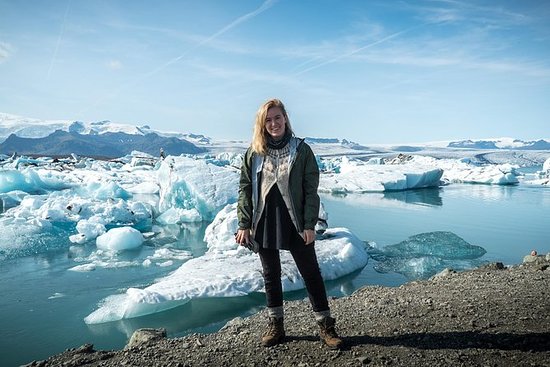
Planning tours to Iceland bring together the finest treasures of our planet earth: volcanoes, glaciers, waterfalls, small Scandinavian fishing villages, fjords, desert, black sand beaches etc. en route for adventure! You can also fully appreciate these Landscapes during a horseback riding on a typical Icelandic horse or during a hike on the most typical trail of the Land Mannalaugar world.

